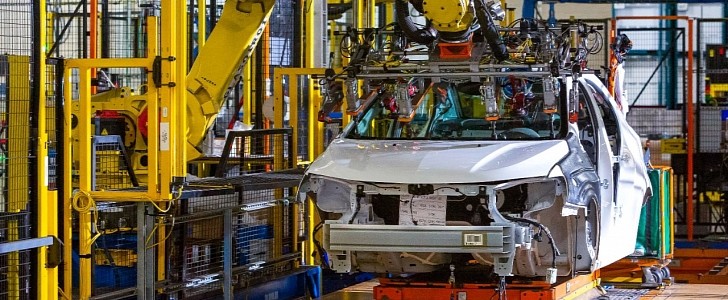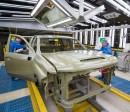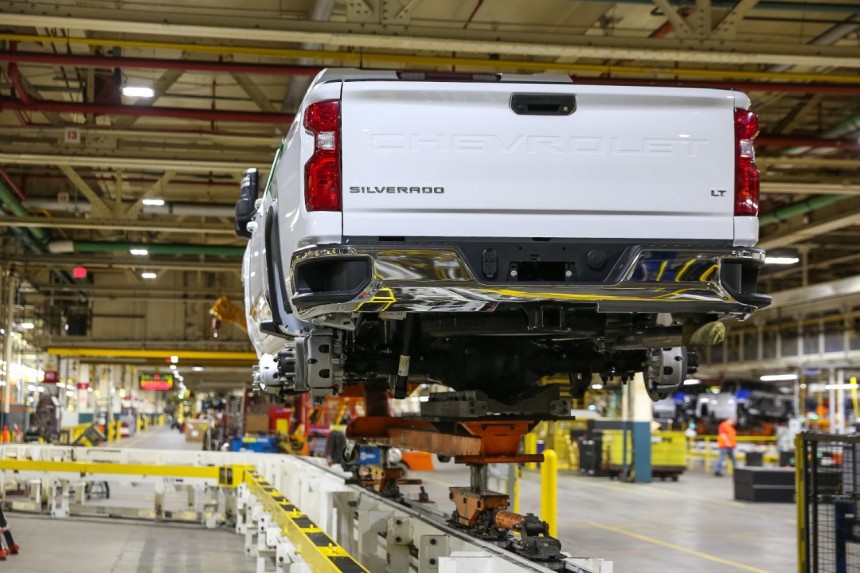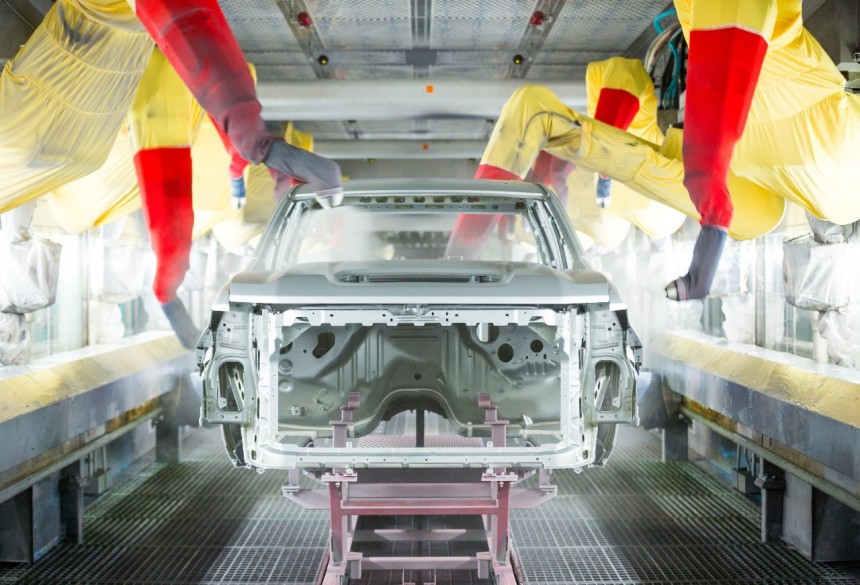The first time we heard about the chip shortage was approximately two years ago when the planet got hit by an invisible enemy that wreaked havoc pretty much everywhere across the globe.
Due to government restrictions, lockdowns, and people forced to stay at home, the majority of industries out there ended up struggling with massive disruptions, including temporary halts of their operations.
On the other hand, the massive transition to remote working produced unprecedented demand for electronics, including laptops, tablets, phones, smart TVs, webcams, and so on. All these electronics rely on an army of chips to do their magic, and this is how the demand for semiconductors skyrocketed almost overnight.
Chip foundries across the world struggled to keep up with the demand, but given their limited capacity, all industries eventually started experiencing shipping delays. And in their turn, these delays generated significant disruptions in the manufacturing operations of companies producing these electronics.
The chip shortage eventually expanded to pretty much every sector, including the automotive industry. Cars are getting smarter, so they’re also using an always-increasing number of chips supposed to power their new-generation features. And this is how the lack of semiconductors eventually turned the exciting experience of getting a new car into such a big nightmare.
Receiving the vehicle you just ordered, no matter the brand, the engine, or the installed equipment, takes anywhere from six months to over a year, obviously if you’re not super-lucky and find precisely the configuration you want in stock - typically refused by another customer.
New cars sell like hotcakes, even without systems that some people consider to be must-haves. For example, General Motors shipped some vehicles without heated seats, while Cadillac recently removed parking assistance systems from certain models.
BMW no longer offers touchscreens on some vehicles sold in the States, while others are also ditching various systems simply because they’re trying to reduce the number of chips they have to use per each car.
Others had no other option than to completely suspend the production of some models. Ford, for example, halted the manufacturing at most of its North American plants earlier this month, with popular models like the Mustang and the F-150 impacted as well.
So when is this nightmare going to end? There’s no simple answer to this question.
Some carmakers are more optimistic than others, and they believe the chip shortage will be over rather sooner than later. Hyundai, for example, expects the chip inventory to return to normal in the second half of the year, with the pre-2020 levels to then be easier to reach in 2023.
Others, however, expect the struggle to continue until at least next year, with the chip supply to then ease off in the first quarters of 2023 and the full recovery toward the end of the year.
Infineon, for example, which is one of the largest chipmakers in the world and also a supplier for the automotive market, doesn’t believe the disruptions would be over by this time next year.
The simplest answer to this question is that nobody knows exactly when this is going to happen. All these guesses are nothing more than estimates, but the entire world knows precisely that making an accurate forecast these days isn’t exactly easy.
The chip recovery is strongly tied to the global health issue, so estimating the end means you should also be able to tell when the pandemic is supposed to be over. Nobody knows exactly if the current wave is actually the last, and the whole situation is so volatile that it’s also impossible to make any long-term investments, be they in chip capacity or new designs, without taking huge risks.
If anything, a 2023 target for the end of the chip shortage makes a bit more sense at first glance, so don’t expect all problems to be gone this year. But as said, you’d better not hold your breath for a return to normal just yet because everything, and when we say everything, we really mean it, can easily change overnight.
On the other hand, the massive transition to remote working produced unprecedented demand for electronics, including laptops, tablets, phones, smart TVs, webcams, and so on. All these electronics rely on an army of chips to do their magic, and this is how the demand for semiconductors skyrocketed almost overnight.
Chip foundries across the world struggled to keep up with the demand, but given their limited capacity, all industries eventually started experiencing shipping delays. And in their turn, these delays generated significant disruptions in the manufacturing operations of companies producing these electronics.
The chip shortage eventually expanded to pretty much every sector, including the automotive industry. Cars are getting smarter, so they’re also using an always-increasing number of chips supposed to power their new-generation features. And this is how the lack of semiconductors eventually turned the exciting experience of getting a new car into such a big nightmare.
New cars sell like hotcakes, even without systems that some people consider to be must-haves. For example, General Motors shipped some vehicles without heated seats, while Cadillac recently removed parking assistance systems from certain models.
BMW no longer offers touchscreens on some vehicles sold in the States, while others are also ditching various systems simply because they’re trying to reduce the number of chips they have to use per each car.
Others had no other option than to completely suspend the production of some models. Ford, for example, halted the manufacturing at most of its North American plants earlier this month, with popular models like the Mustang and the F-150 impacted as well.
Some carmakers are more optimistic than others, and they believe the chip shortage will be over rather sooner than later. Hyundai, for example, expects the chip inventory to return to normal in the second half of the year, with the pre-2020 levels to then be easier to reach in 2023.
Others, however, expect the struggle to continue until at least next year, with the chip supply to then ease off in the first quarters of 2023 and the full recovery toward the end of the year.
Infineon, for example, which is one of the largest chipmakers in the world and also a supplier for the automotive market, doesn’t believe the disruptions would be over by this time next year.
The chip recovery is strongly tied to the global health issue, so estimating the end means you should also be able to tell when the pandemic is supposed to be over. Nobody knows exactly if the current wave is actually the last, and the whole situation is so volatile that it’s also impossible to make any long-term investments, be they in chip capacity or new designs, without taking huge risks.
If anything, a 2023 target for the end of the chip shortage makes a bit more sense at first glance, so don’t expect all problems to be gone this year. But as said, you’d better not hold your breath for a return to normal just yet because everything, and when we say everything, we really mean it, can easily change overnight.









